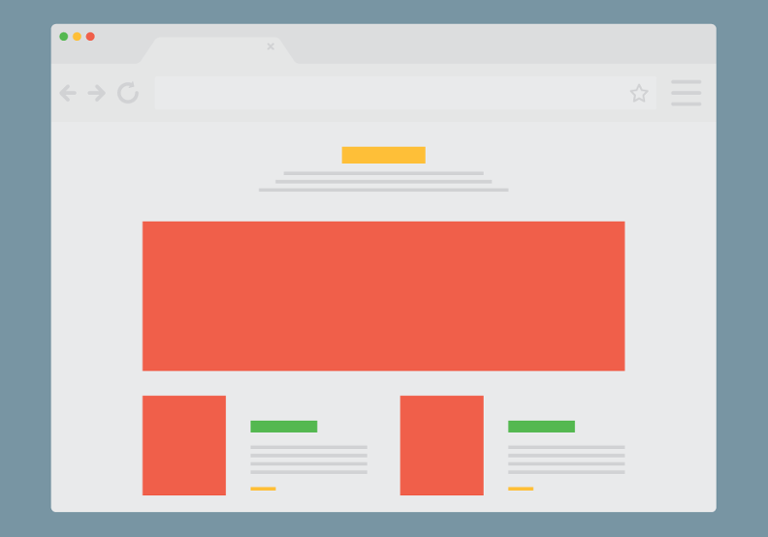When most people hear the word design, they think of making things look good. However, with consumers demanding equal parts beauty, ease and utility in every site and application they use, design has broadened to encompass numerous new skills and capabilities that go beyond what things look like. And you, dear UX designer, are the one who makes them all come together. How? Click here to find UX jobs. Well, User Experience (UX) designers should have graphic design skills, like you’d expect. But those skills alone are not sufficient anymore. You also must be able to design software components, create user interfaces and build information architecture for the Web. Your job is to build products and websites that don’t just look good, but that feel good to users, too.
Tools of the Trade
Design is more than just making pages look pretty. It’s about solving real customer problems. The interesting thing about being a UX designer is that most of the time, you actually don’t need to have experience in specific software programs or technologies to do a great job. More important, is how you make decisions and apply your skills across a broad set of tools and platforms. Your ability to use the right tool or design at the right time or place is what really matters for being an amazing UX designer.
What You Should Know
- Wireframing and Mockups: Visio, Axure, Balsamiq, Omnigraffle. A key part of the design process is the ability to create low-fi visuals to express ideas. Hiring managers may focus on one of these wireframing tools, but they will normally be amenable to a high performing candidate who has used a different one. The key here is that you understand how to distill requirements and conversations into wireframes. If you can do that, the specific tool doesn’t matter as much.
- Prototyping: HTML, CSS, JavaScript, jQuery. While not always required, many UX roles can require a little bit of prototyping. A simple mockup or wireframe can be great to communicate ideas, but when it comes to demonstrating interaction and app-like experiences, prototypes can get the idea across much more easily. Most UX candidates won’t be expected to program or write production-quality code, but if prototyping is required, you should make sure you have some front-end programming skills on your resume.
- Graphic Design: Illustrator, Photoshop, Fireworks, InDesign, and Dreamweaver. Many of these tools are essential, and you should come to the table with solid expertise with at least one or two of them. Other ones can be learned on the job, but a lot of the nuances that make great (and fast) designers come from using the tools a lot. Avoid generalizing here. It’s more valuable to be an expert designer with one or two tools than to be “pretty good” with all of them.
The best UX designers are more than just proficient with the tools listed above, too. They must also understand customer research, be passionate about the user experience, and be able to take feedback well to keep improving the product for the user. You can’t be an expert in just one thing and succeed in UX. Instead, you’ve got to be light on your feet, and able to bob and weave between those areas that consumers demand—beauty, ease and utility.
Related Articles
- UX Designer Salary
- 4 Interview Questions for UX Designers
- Why Demand for Interaction Designers is Rising
- Microsoft Designer Comments on Windows 8 UX Decisions
Image: shaziafolio/Shutterstock.com
Upload Your ResumeEmployers want candidates like you. Upload your resume. Show them you're awesome.



